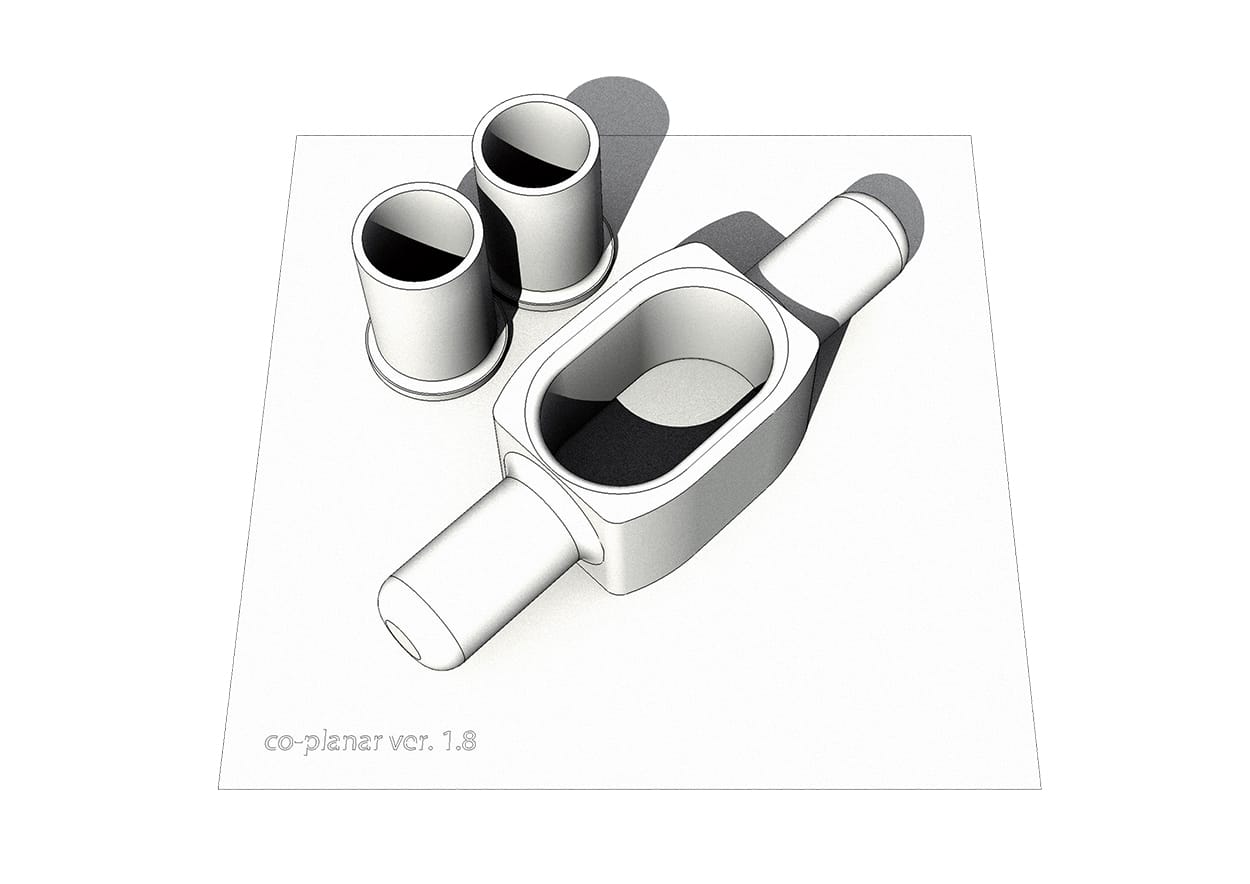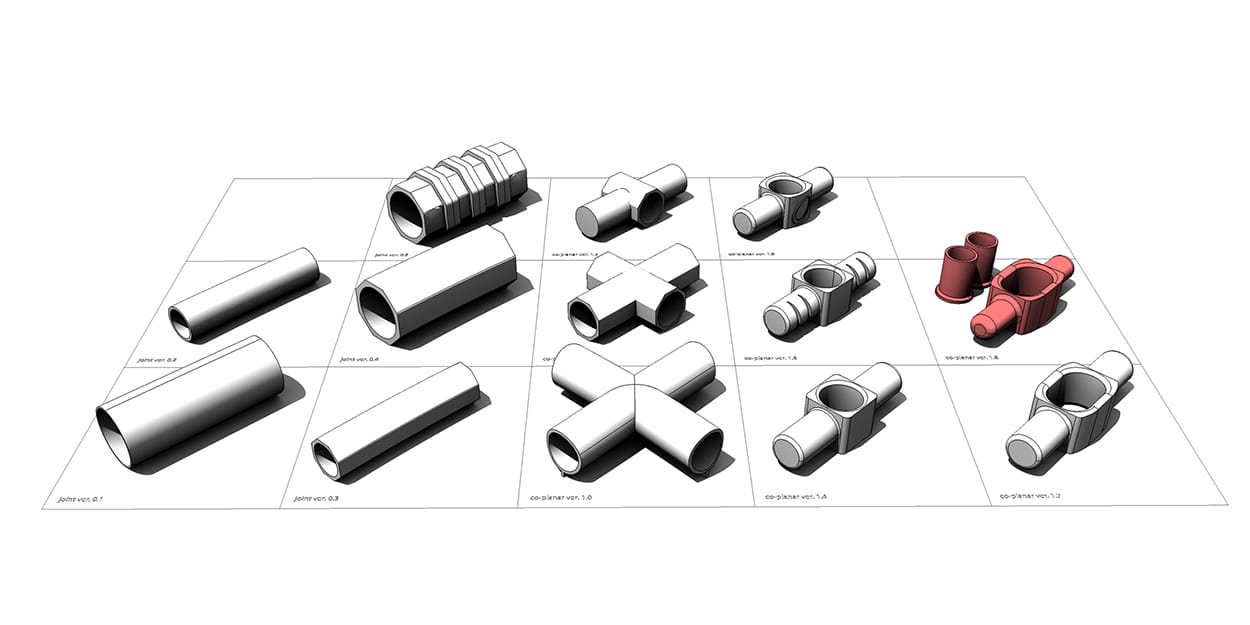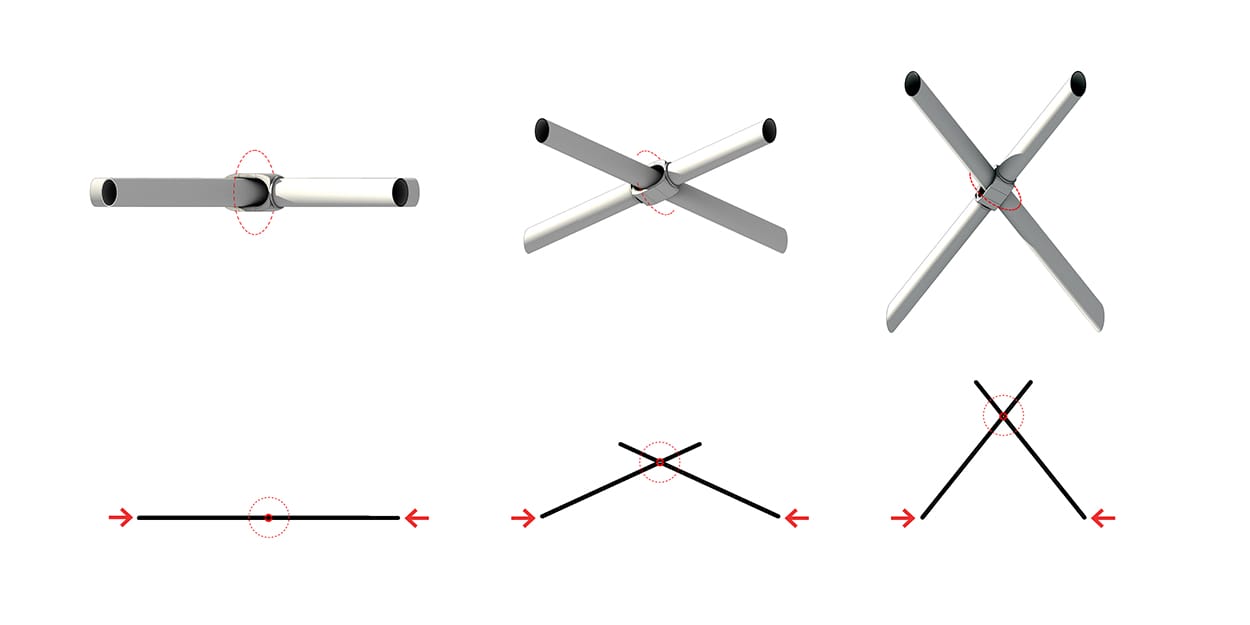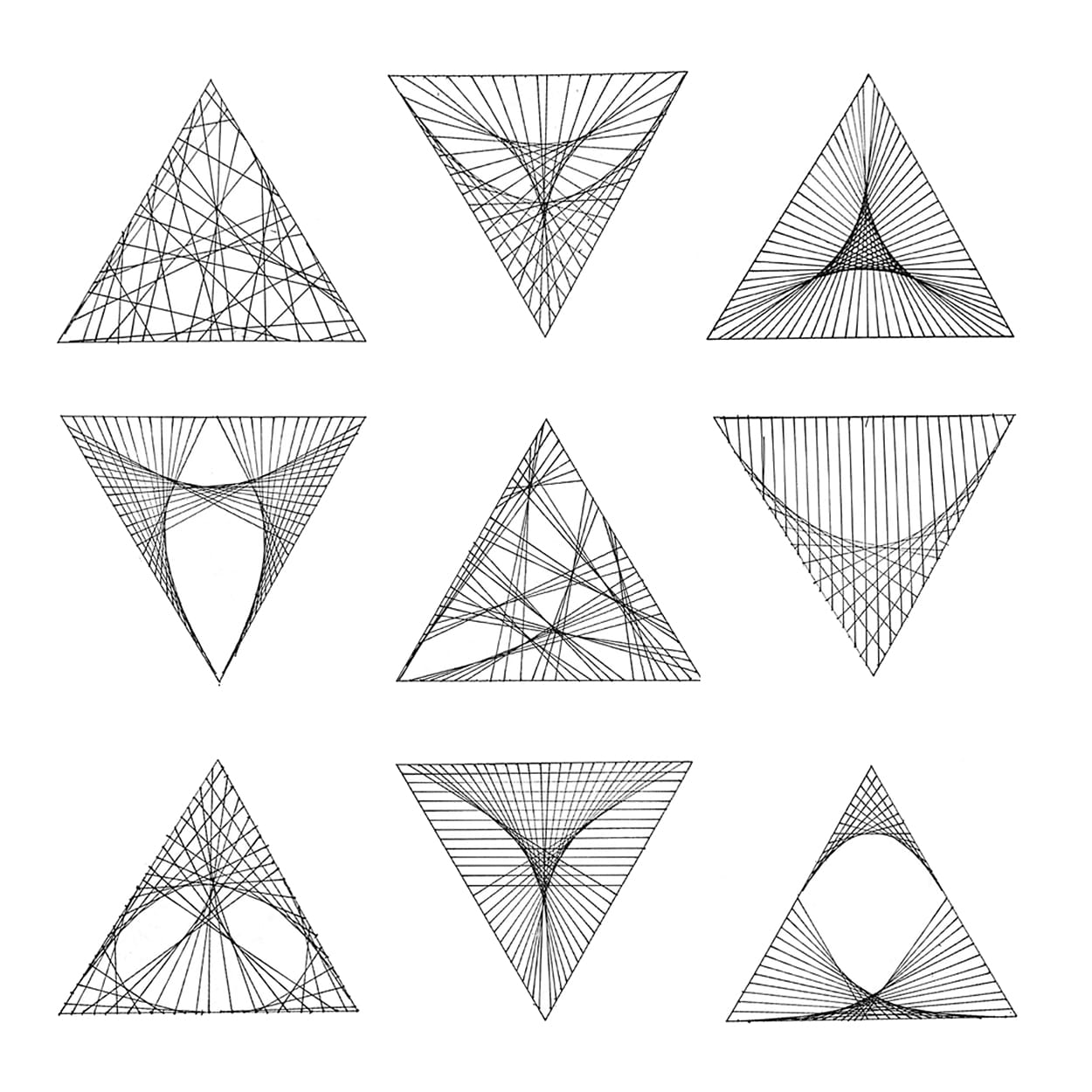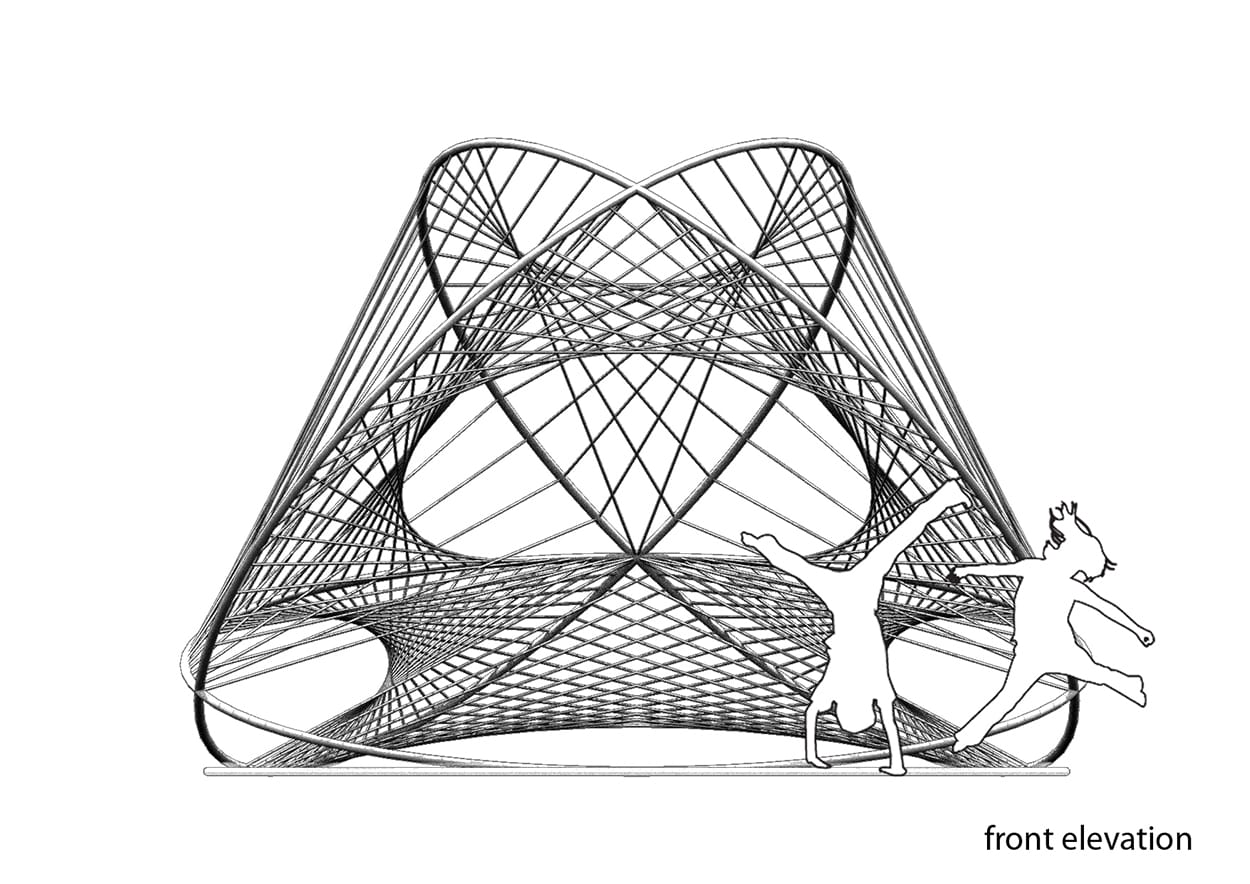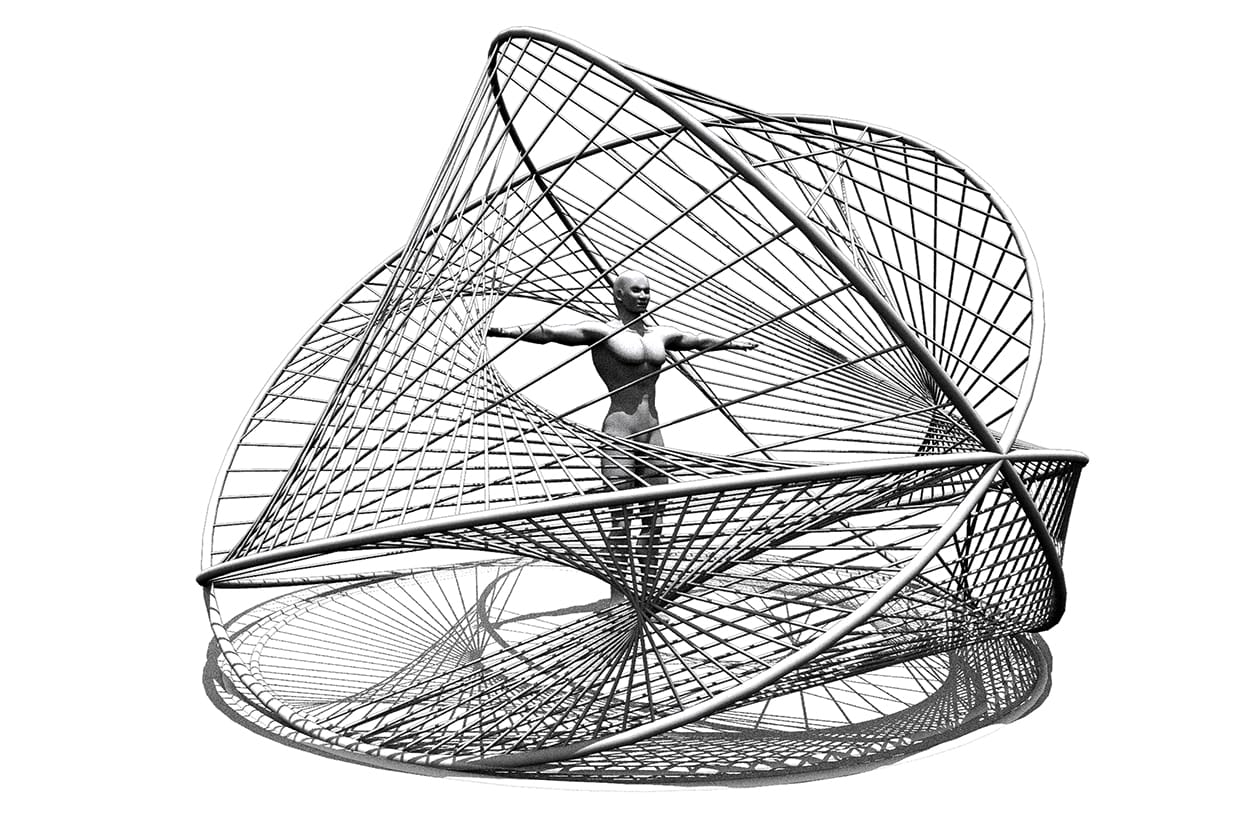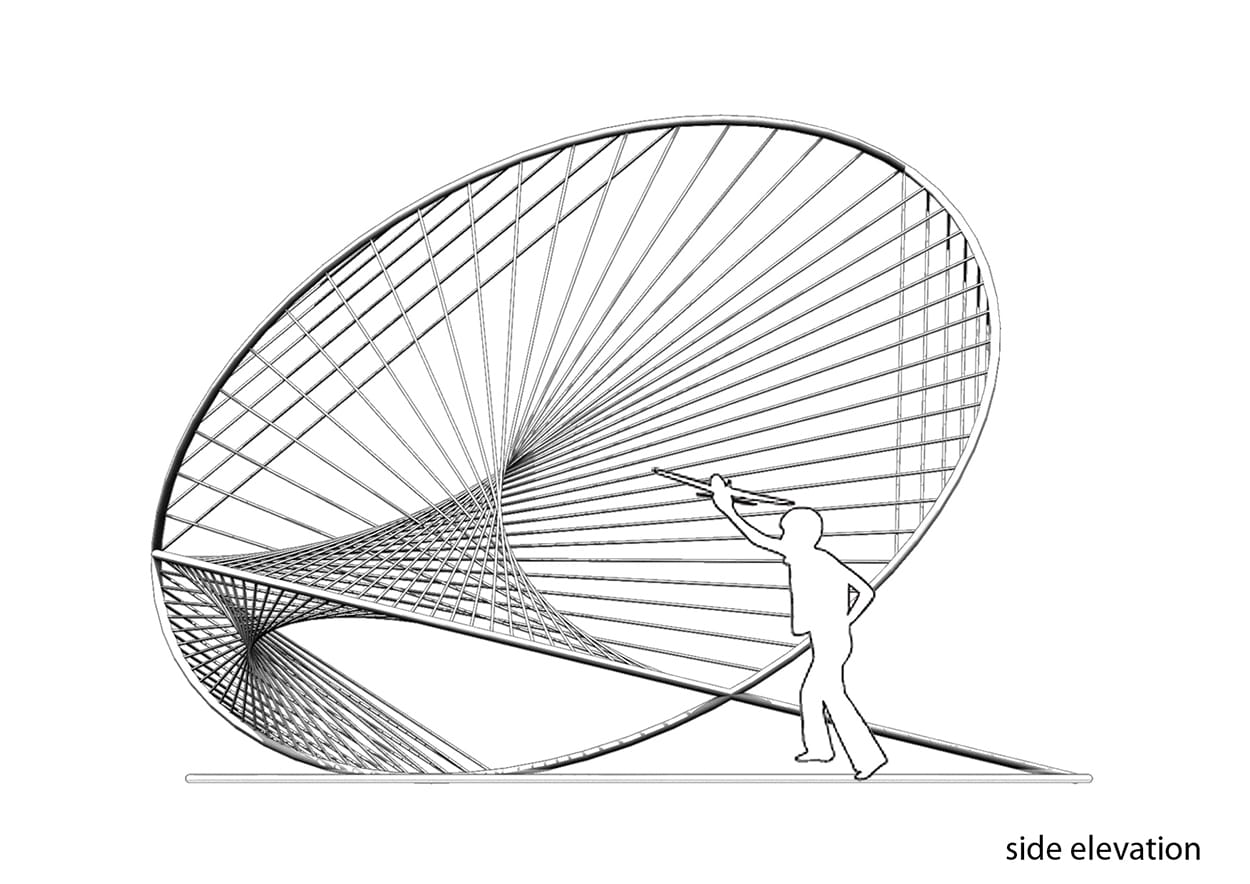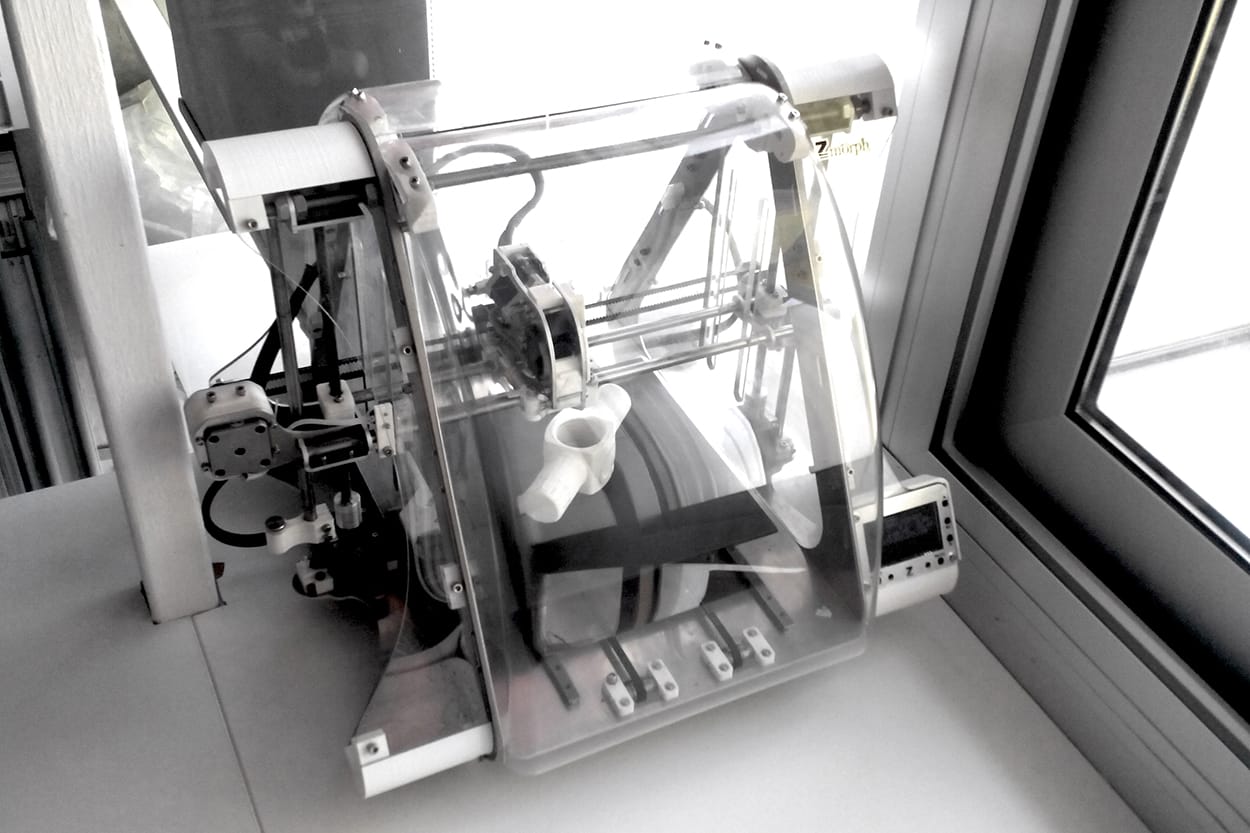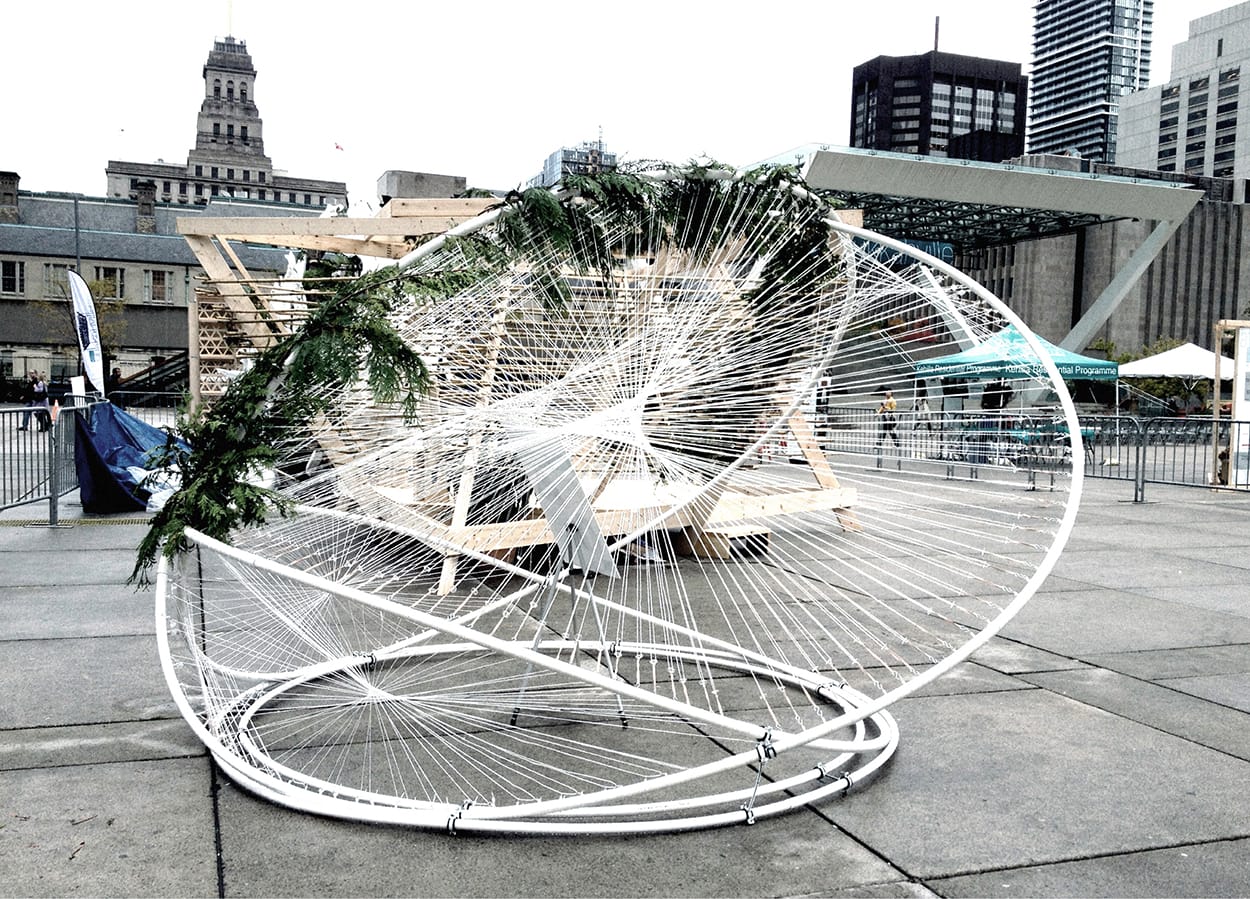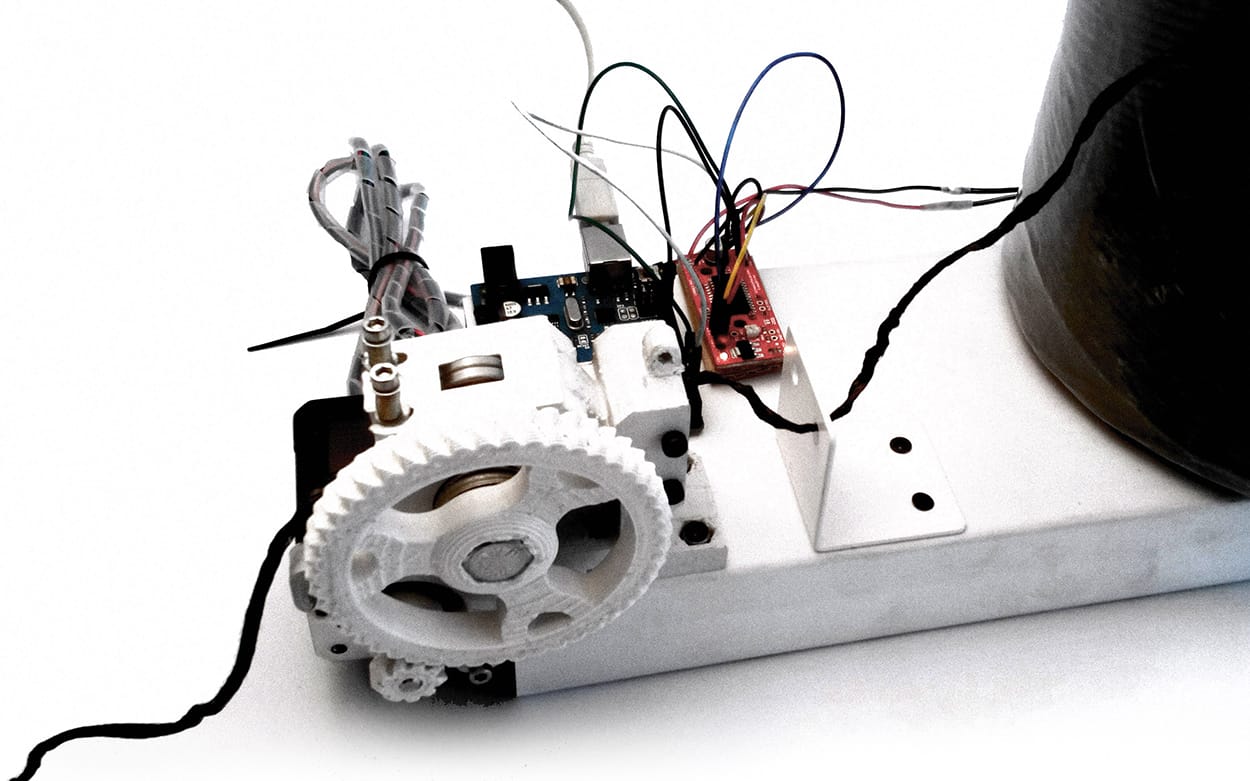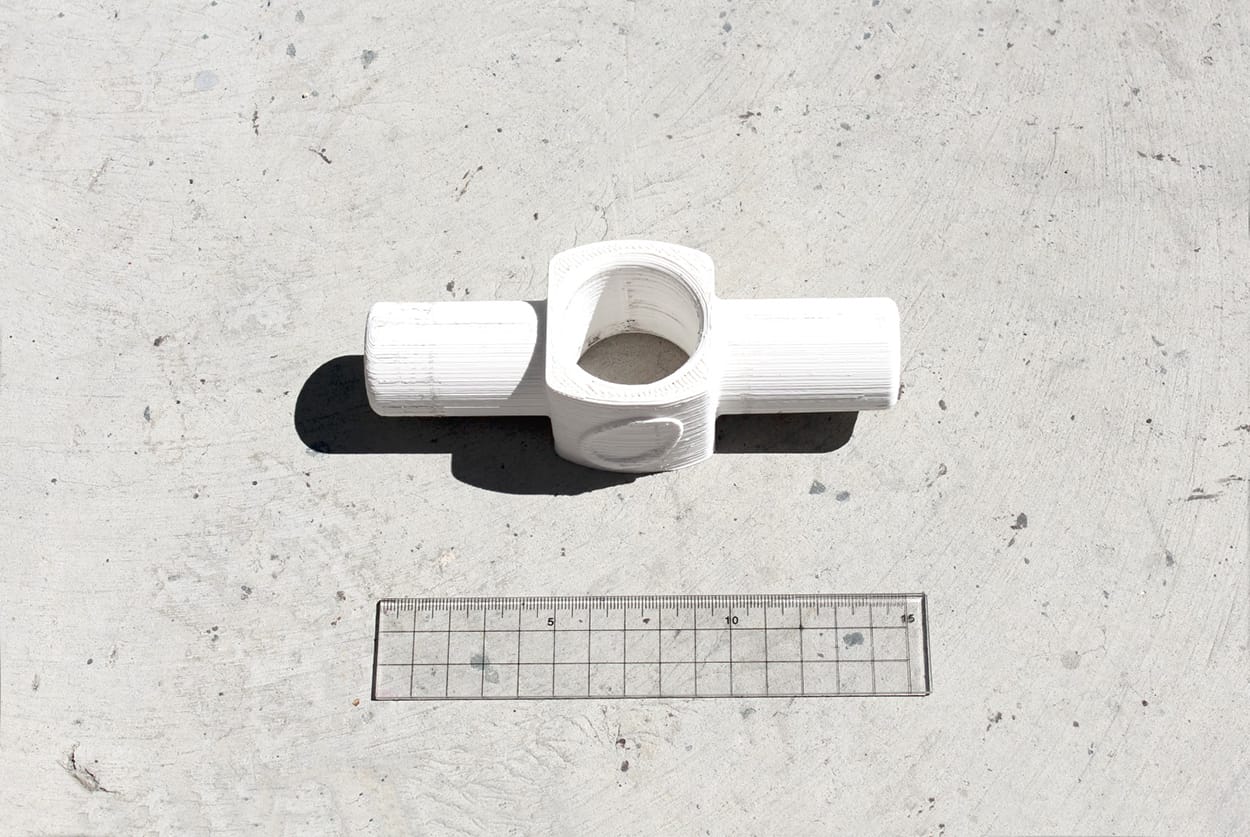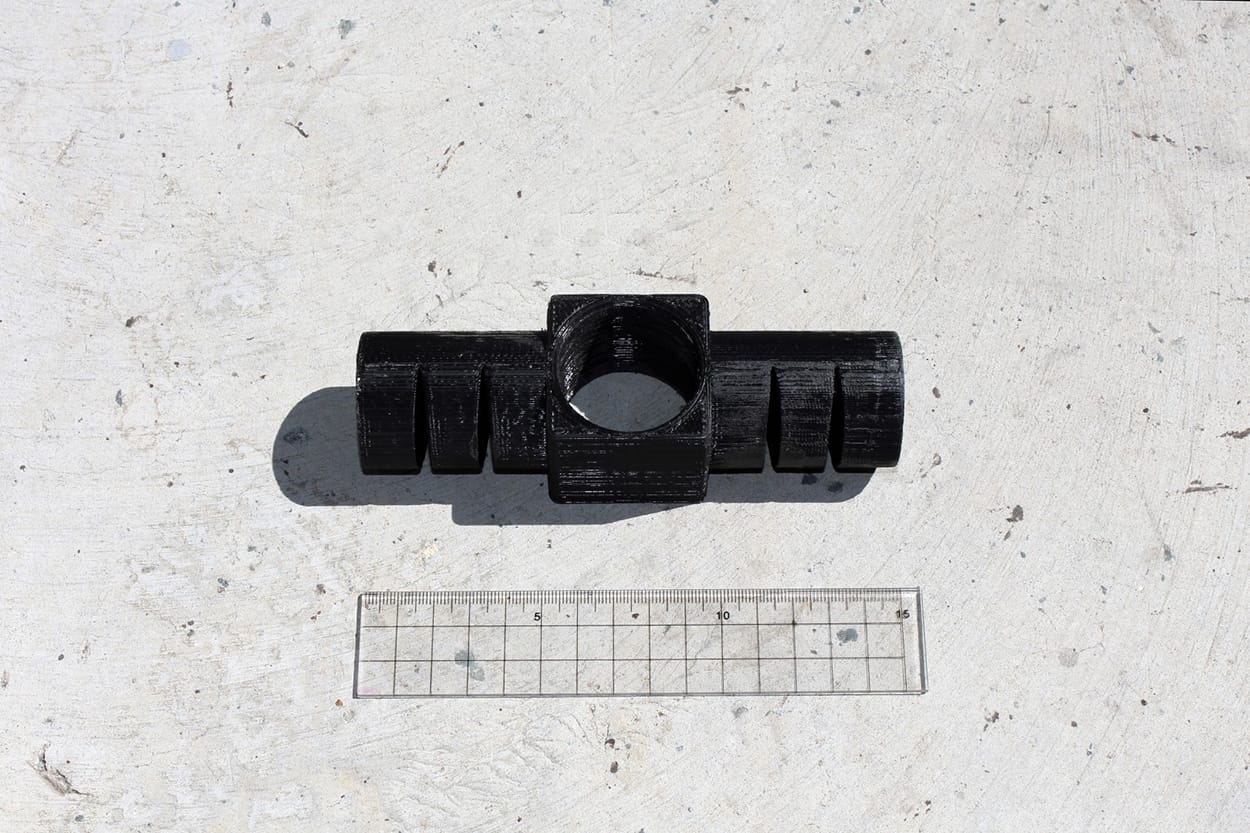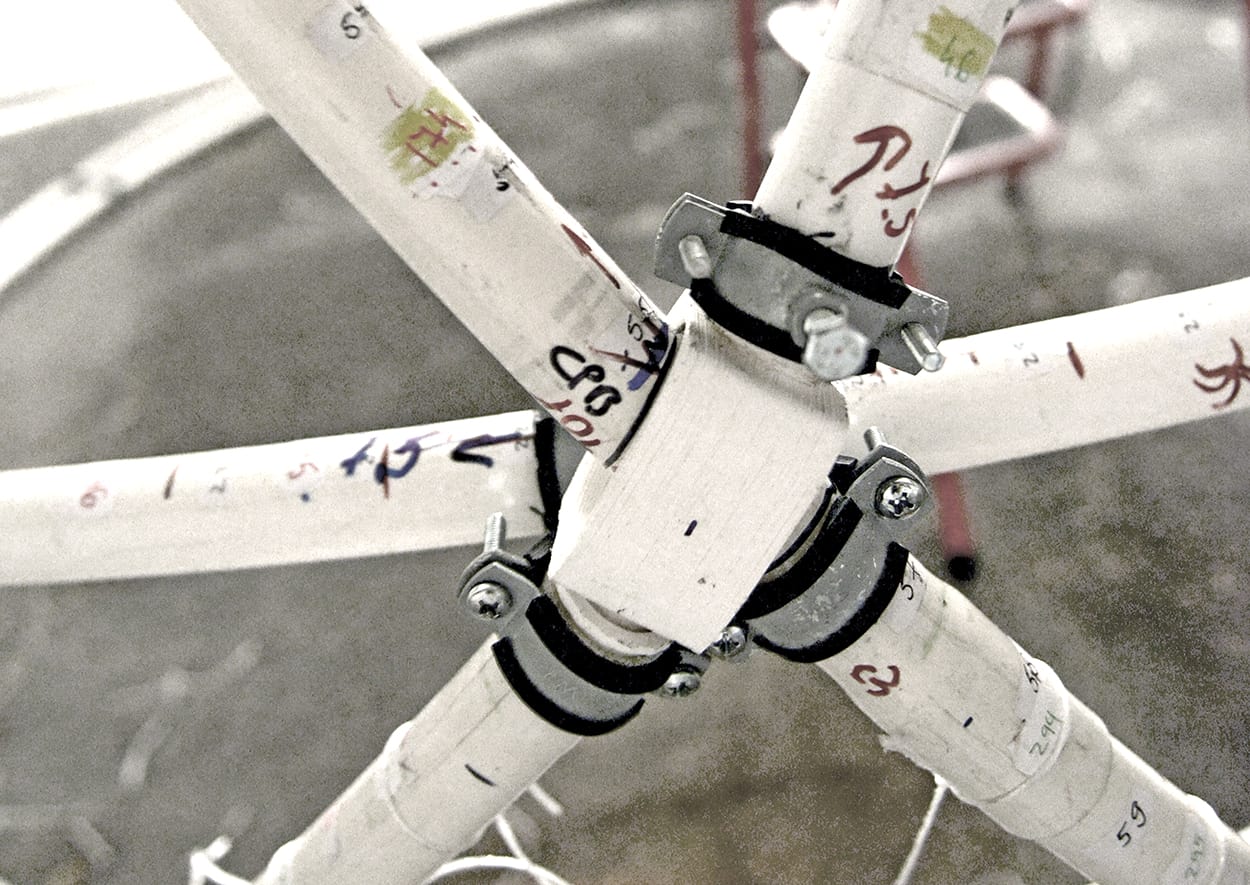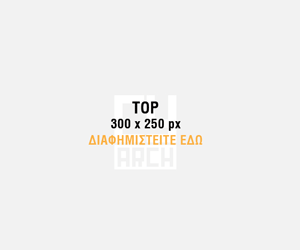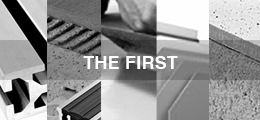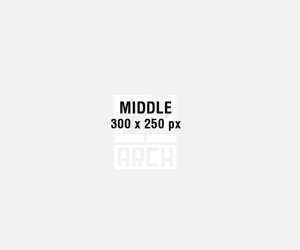Halo Sukkah Pavilion
Design: Andrew Nicolas (Student Unic [ARC]), Alice Vuap (Student Unic [ARC])
2014 | Realized | 11.2 sq.m.
Toronto, Canada
Development and Support: Mihalis Georgiou (Lecturer Unic [ARC] Architect @ HUB, Odisseas Georgiou (Teaching Staff Unic [ARC], Structural Engineer @ HUB) , Theresa Kwok (Architect @ HUB).
The 4th annual Sukkahville Design Competition, aiming to raise public awareness on affordable housing, invited architects, students, artists, builders and allied design professionals to submit their design proposals for a temporary, freestanding Sukkah for the holiday of Sukkot. Eight winning designs were chosen by a select high profile jury to be constructed in Nathan Philips Square in Toronto, Canada from October 14th to October 15th 2014.
The winning entry is titled ‘Halo Sukkah’ emerges from the transformation of a simple geometrical shape; the circle. Bending and twisting a circle into three circular rings, arranged in continuous loops, forms the complex, yet characteristic structure of the Halo Sukkah. This infinitely flowing arrangement of composing elements aims in highlighting the ideas of unity, bonding and eternity.
The structure formulates a single conically shaped space emphasizing a central roof opening. This Sky Aperture is encircled by hanging vines that allow view to the exterior while filtering the penetrating sun light. Low comfortable, hammock-like, seating is arranged along the perimeter of the interior enabling moments of tranquility and relaxation by naturally directing the sight of the occupants to the sky.
The materials of the Halo Sukkah were chosen to reflect affordability, ephemerality and fragility, core elements of the design concept. Coupled by the fact that the project was aimed to be realized 9000 km away from the base of the design team, the requirements for lightness, transportability and construction efficiency were introduced and incorporated in the design. As such, inexpensive recyclable materials became the designers’ palette, while posing challenging computational tasks and processes.
The pavilion weighted 30kg and its footprint ranged at 11.5 m². The total cost of materials used was approximately 180€ (16€/m²). The complete structure was hand-carried from Cyprus to Canada in one sports equipment bag weighting 23 kg. Construction time was less than 6 hours by a team of two students.
Sponsors: University of Nicosia, HUB Design+Engineering Platform, Heat Flow Ltd, EL&D Christou Electromechanical Services LTD, Elysse Irrigation LTD




